6 Outstanding Kinds of Tea You Need to Try
TEATIME NOTES
Find tips, recipes, and articles to increase your delight and enjoyment of tea.
6 Outstanding Kinds of Tea You Need to Try
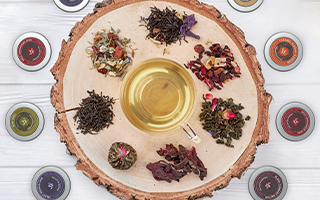
Spectacular Teas that You'll Love and Adore
Did you know that every single kind of tea is made from one single plant? Your wine and coffee flavors are made from different kinds of coffee beans and wine grapes — but this is not the case with tea. The Camellia sinensis is a marvelous chameleon-like plant. And once the leaves are plucked, you can roll, heat, oxidize, and transform them into your favorite black, green, white, oolong, or pu-erh teas.
Thousands of blends and flavors of tea are available for you to try. If you grew up drinking only black tea and iced tea, now is the time for you to break out of your comfort zone — be adventurous, and try an earthy green tea, or a delicate white tea. If you are used to relaxing over a cup of toasted green tea, branch out and try a lovely oolong tea — it is a perfect balance of both green and black teas.
Bold Black Teas
Your tea type of choice might be black tea if you grew up in the Western world or South Asia. Rich Chai, Darjeeling, Irish, and English Breakfast teas are associated with your everyday ritual. It might be so ordinary that you think of black tea as the go-to pick-me-up — something that replaces your daily swig of coffee.
Black tea is your robust iced sweet southern tea that helps ease the lingering heat of the summer sun. Maybe you started to dive into the world of tea because of your favorite shows — like Downton Abbey, Bridgerton, and Pride and Prejudice. There is no denying the exquisite and bold flavors of black teas.
The oxidation process is what sets black tea apart from other kinds of tea. After you pluck, wither, and roll the tea leaves, you leave them alone as they go through a chemical reaction process. This reaction is called oxidizing — and when the leaves transform from green to brown, you heat them up so the flavors in that very moment are locked into place.
What you are left with is a bold and strong tea that is vibrant and hearty. You can add lemon, honey, milk, or sugar to your black tea and experiment by stretching its natural flavor to your liking. Black tea is also perfectly delightful on its own.
Earthy Green Teas
Green teas are by far the most popular kinds of tea in Asia and over 80% of the world’s green tea is made in China. It’s a part of everyday life, in the same way that black tea is a part of everyday life in India, England, and America. An unsweetened hot cup of pure green tea is almost an afterthought during breakfast, lunch, and dinner in Asia.
Tea is good for you, and green teas are full of antioxidants, nutrients, and less caffeine than most black teas. The art of making green tea is cherished throughout Asia — and if you’ve never tried green teas before you might find yourself getting lost in the variety of characteristics and flavors once you start drinking them.
A common misconception is that green tea is grassy, boring, and stale compared to black teas or bolder teas. But the magic and variety of green tea might span far beyond that of black tea. From umami and earthy sencha to the sweet floral pallet of jasmine pearl tea — you will find that every green tea looks, smells, and tastes extraordinarily different from the next. The world of green tea is fascinating and complex and a work of art — each tea leaf is shaped and sorted. They look as beautiful as they taste.
The best way for you to enjoy green tea is to steep it at the proper temperature and for the proper amount of time. Because green tea isn’t oxidized the leaves are very delicate and must not be steeped in water that is too hot, otherwise, you may burn the leaves and release a bitter taste. Do not add sugar or milk to your green tea — instead, enjoy its pure unaltered flavor. If you feel that you must add something to your green tea, try a bit of honey or lemon.
Delicate White Teas
You will find that white tea is sweet and delicate compared to other kinds of tea. The Camellia sinensis plant is grown in a colder climate which creates a smaller sweeter leaf. White teas are handled so little during the production process that you will find little hairs on many of these leaves that are left over from the harvest.
If you want to enjoy tea in its purest and most unaltered form you will want to explore the world of white teas. White Peony and Silver Needle teas are harvested in March and April in the Fujian province of China. The leaves and buds are still taught, young, and unblemished.
After you pluck the leaves, you will wither them — and during this phase, they will go through a slight oxidation process. Because they are mildly oxidized, you will be able to steep your white tea at a higher temperature than green tea. After white tea leaves are withered, the leaves are dried and shaped but handled very little in order to preserve each leaf in its most natural state.
The result is a beautiful collection of leaves and a golden mild tea that will have your taste buds singing for more. From the sweet, woody, floral notes of the Silver Needle tea, to the roasted, sweet, and nutty aromas of the White Peony tea — your love for the world of tea will expand more than you could imagine.
Vibrant Oolong Teas
Oolong — in China — translates into “dark dragon” or “black dragon” because of the color and twisted intricate shapes of this incredible deep complex tea. Do you love green or black tea? If you want to venture out and try a new kind of tea, oolong might be the perfect middle-ground for you. Oolong teas are created using a mixture of black and green tea techniques.
Because the leaves are handled so much more during the tea-making process, you will want to harvest larger, older, and stronger tea leaves. The tea leaves are left out to wither and oxidize, then they are rolled and shaped. The leaves go through a full oxidation process, and then they are heated or roasted and baked or dried.
An endless number of combinations can be applied to each batch of oolong tea to create unique flavors, shapes, and strengths. At this point, you can choose to age the tea leaves. Oolong tea can be kept for many years in a breathable container — you can bake the tea leaves every few years to evaporate the moisture and reconstitute the leaves. This will also increase the depth of flavor in the tea.
Aged Pu-erh Teas
Pu-erh tea might be a widely unknown tea in the Western world but every self-proclaimed tea lover should try it at least a few times. In China, this tea is known as “black tea” or “dark tea” — black tea from the Western world is called “red tea” in China because it has a lighter and reddish hue. Pu-erh tea is much darker than Western black tea — Pu-erhs are fermented, aged, and can be stored for up to 50 years.
There are many tea professionals and purists who believe that a pu-erh tea should not be enjoyed for at least 10 years after it’s created. This tea is traditionally pressed into tea cakes or bricks — it can also be stored as a loose leaf tea. They can even be pressed into citrus fruit skins or bamboo stalks.
Like oolong tea, pu-erh tea is handled much more than green or white tea during its production — you will also find that the flavor profiles for each pu-erh vary tremendously. You can enjoy a delicate pu-erh or a very strong deep dark pu-erh. The flavors can be nutty, mushroom-like, and earthy. They can also be light, floral, and fruity.
Soothing Herbal Blends
Herbal teas — or tisanes — aren’t made with tea leaves. Instead, you will find that herbal blends are made with various flowers, plants, barks, leaves, and botanicals. While they aren’t exactly tea — because they aren’t made from the tea plant — herbal blends are traditionally caffeine-free and can harness a wide range of holistic health benefits.
Yerba Mate and Guarana are two kinds of herbal teas that are sourced from the Amazon that do have caffeine. If you are searching for a caffeine alternative to traditional tea, consider trying one of these kinds of herbal blends.
Chamomile, mint, rooibos, lemongrass, ginger, turmeric, and hibiscus are all popular ingredients that you will find in a plethora of herbal tea blends. You can even make your own herbal teas by steeping hot water with fresh herbs and mint, or ground ginger, flowers, or citrus.
Teas and Teaware for Your Everyday Tea Routine
Every type of tea — from pu-erh to white — has unique family characteristics and a wide variety of flavors within each of these groups. Take a step out of your normal tea routine, and try a new tea that you’ve never experienced before — you just might stumble on a new favorite that you can’t get enough of.
If you are looking for the perfect teaware to steep your favorite teas, explore the world of borosilicate glass teaware. This superior material is strong, it can withstand extreme temperature fluctuations — for both iced and hot teas — and it’s a material that won’t leach lead and cadmium into your tea.
Did you know that most porcelain and metal teaware can leach toxins into your tea? Teabloom is creating clean, convenient, and gorgeous teaware that will support the health and wellness of all tea enthusiasts. This top-quality, environmentally-conscious company is on a mission to clean up the tea industry for the better.
From 100% compostable tea sachets to USDA-certified organic teas, Teabloom is here to provide you with an easy path for you to start your clean tea routine. Explore their beautiful borosilicate glass teaware so you can enjoy the unaltered, and pure flavors of each and every one of your delicious new teas. Borosilicate glass makes every clean cup of tea taste so much better. Start your new tea journey today at Teabloom.



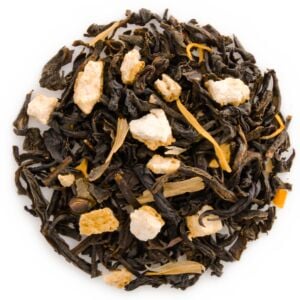

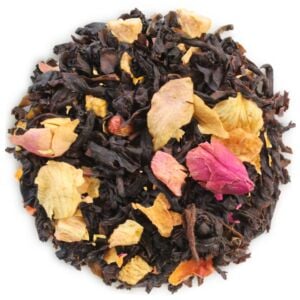

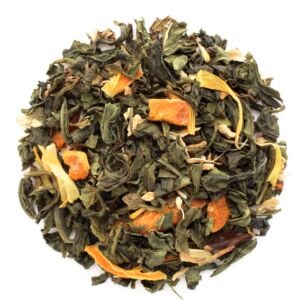
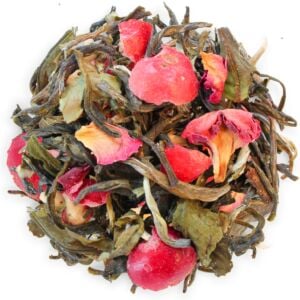
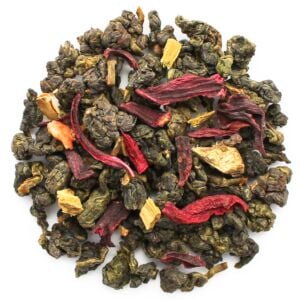
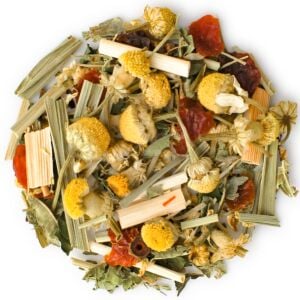
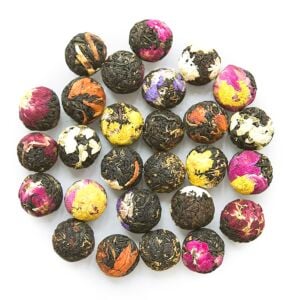

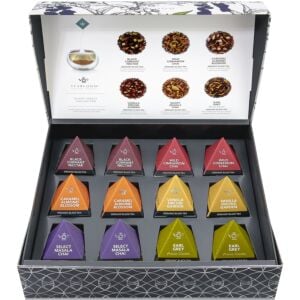




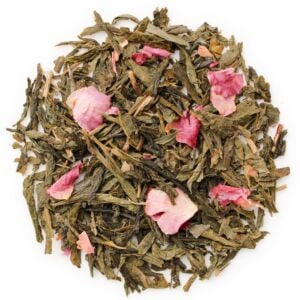

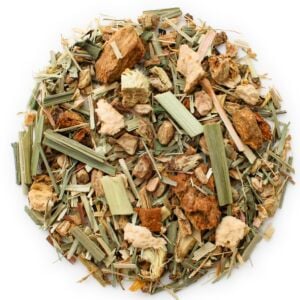


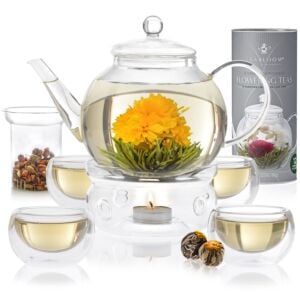
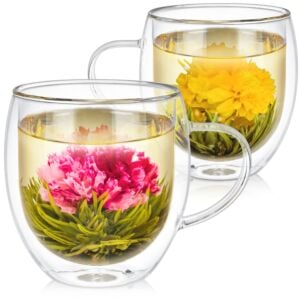
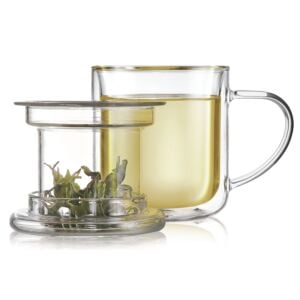
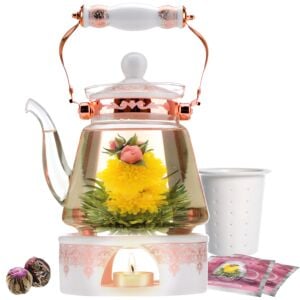
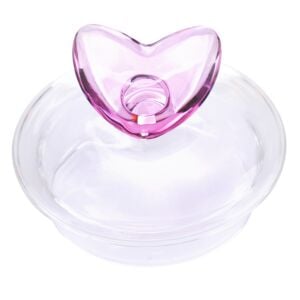
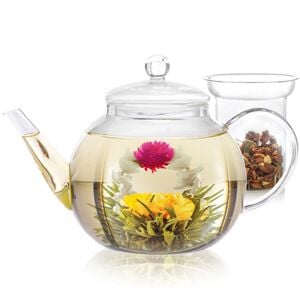


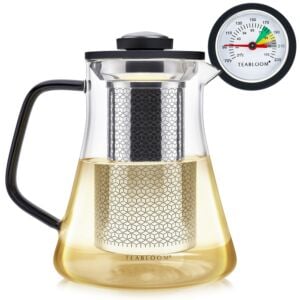
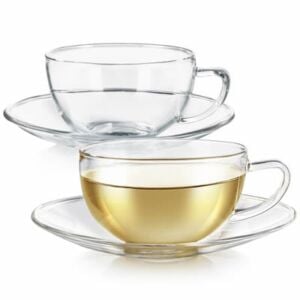
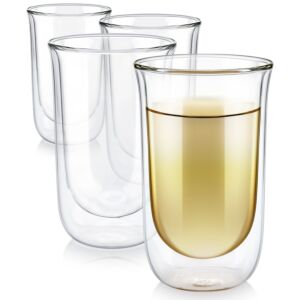
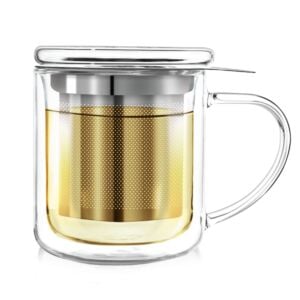
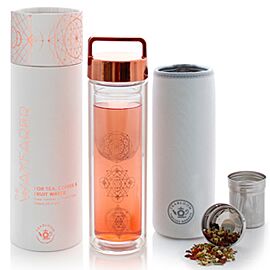

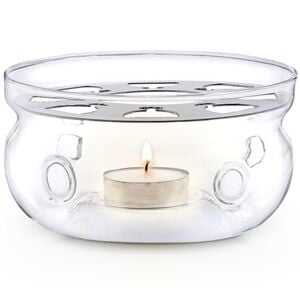
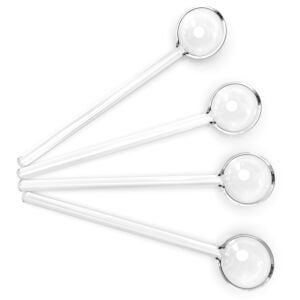
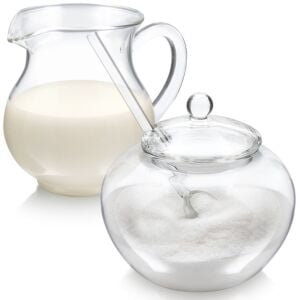
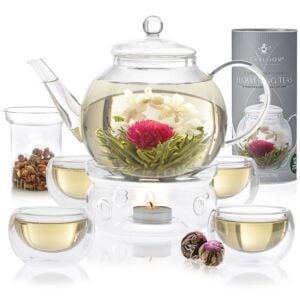
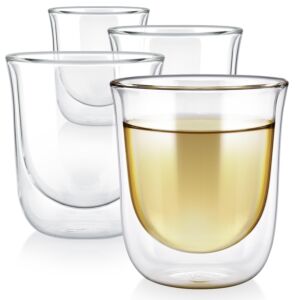


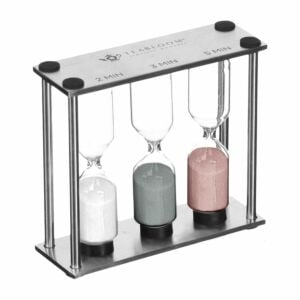
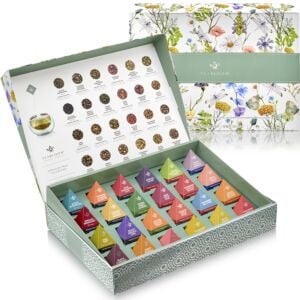

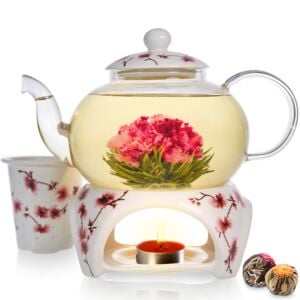
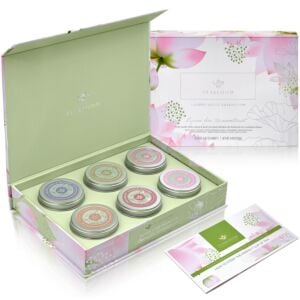

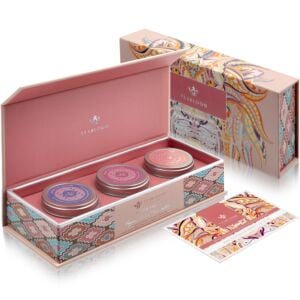


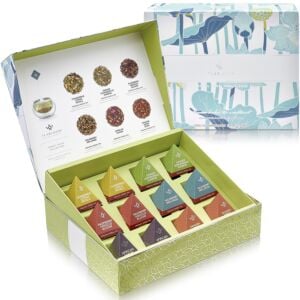
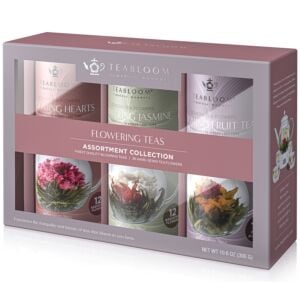


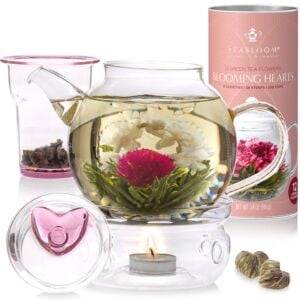



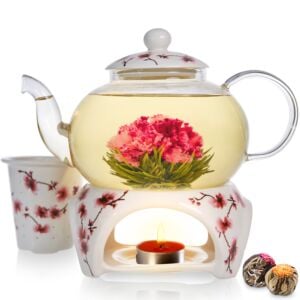
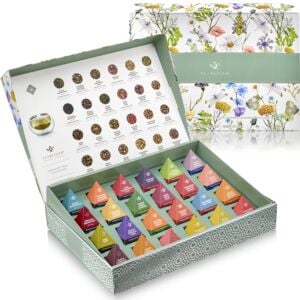
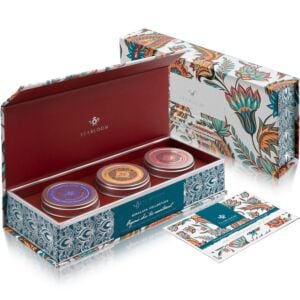
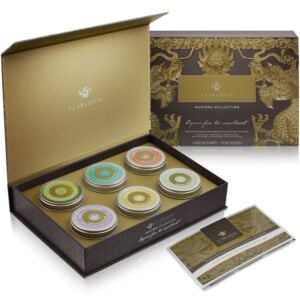


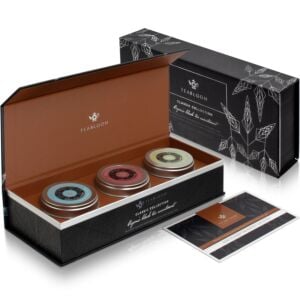


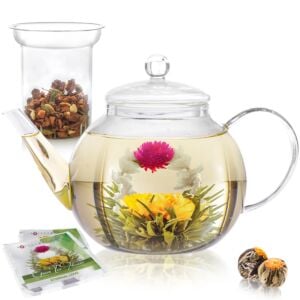
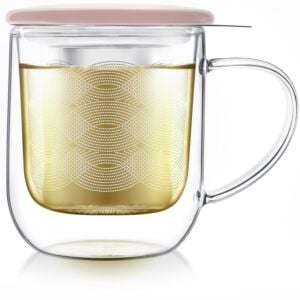

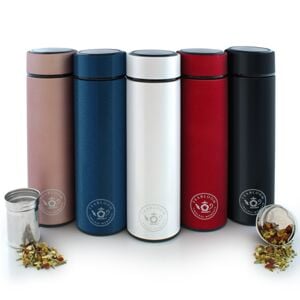
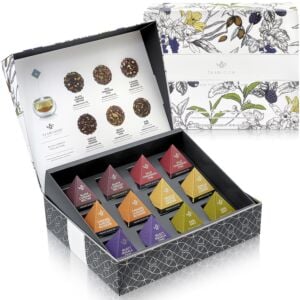



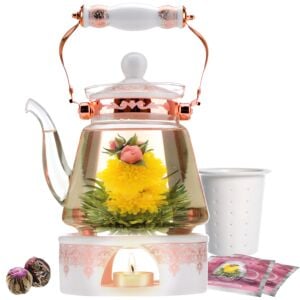
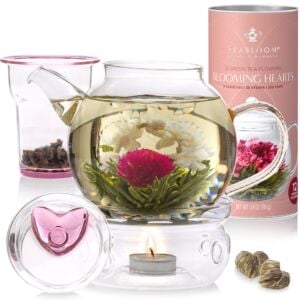




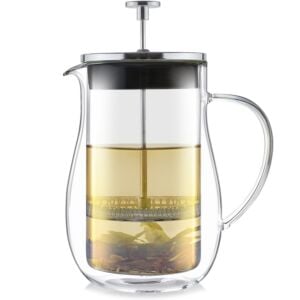

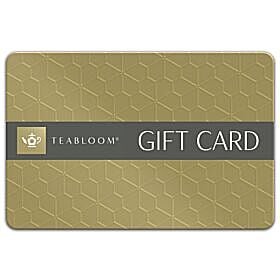
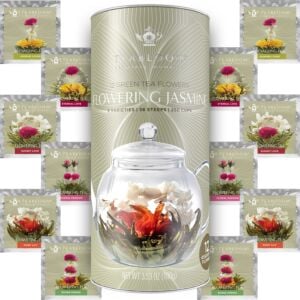

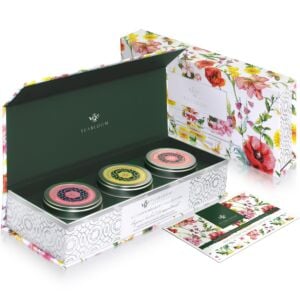



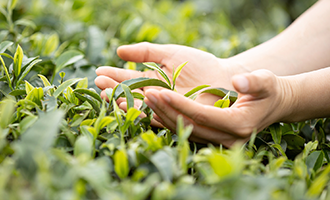
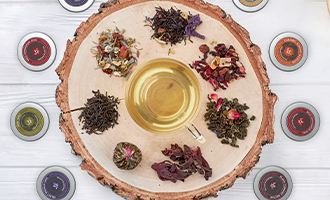
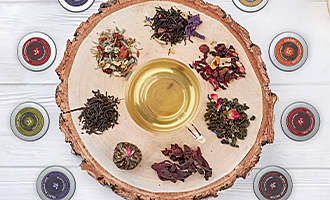

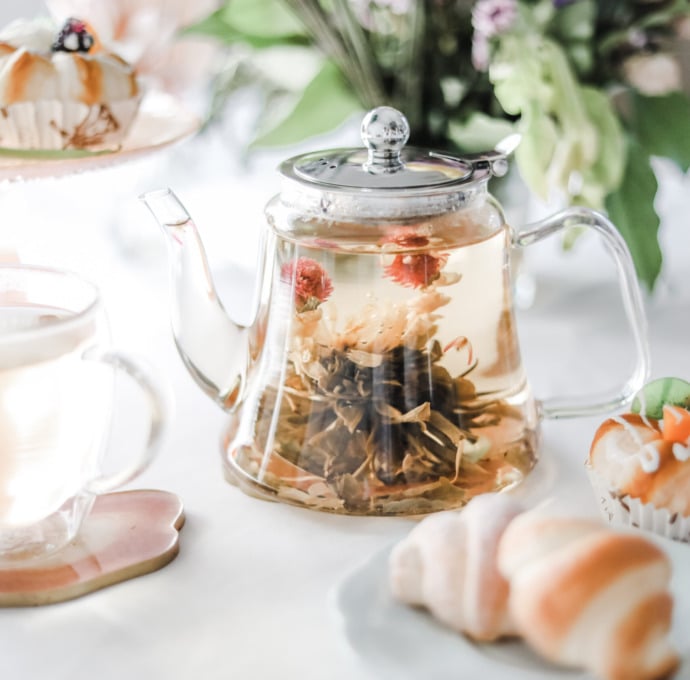

Share your thoughts